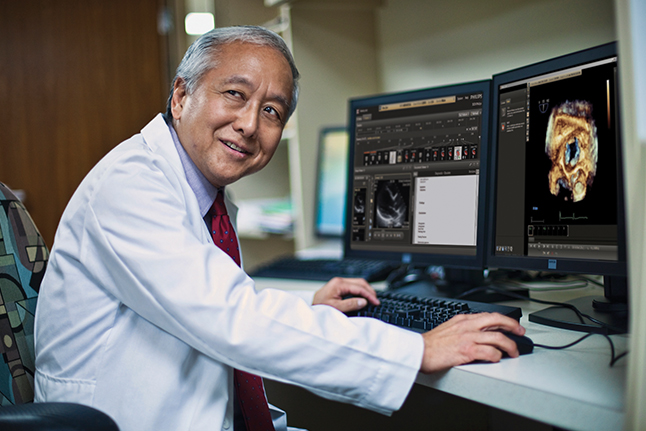
As the adoption and growth of the ICU telemedicine increases, more research is being conducted to analyze operational factors that affect patient outcomes. Philips has announced its involvement in a study appearing in CHEST that shows ICUs that were more fully integrated with the remote team were associated with shorter lengths of ICU and hospital stays. This suggests that more teamwork and direct intervention allows for quicker patient intervention to manage evolving instability and prevent complications.
The study examined how eICU and bedside clinical teams at a major health system worked to deliver care. Results of the study show ICUs that were more fully integrated with the remote team were associated with shorter lengths of ICU and hospital stays, suggesting that more teamwork and direct intervention allows for quicker patient intervention to manage evolving instability and prevent complications.
“As health systems seek to better manage their populations to improve outcomes while lowering costs, telemedicine offers a way to continuously monitor patients even as we face a shortage of healthcare providers,” said Brian Rosenfeld, MD, Chief Medical Officer, Hospital to Home, Philips. “Studies like this one demonstrate what we have known for years, which is that the value of leveraging a centralized telemedicine care model, based on leading Philips technology and program design, standardizes workflows and delivers the improved LOS outcomes when the on-site and remote teams are working together to support patient care.”
The retrospective, comparative study entitled, “ICU Telemedicine Co-Management Methods and Length of Stay,” analyzed 14,362 adult patients who were discharged from eight adult medical and surgical ICUs from a single health care system in 2012. Each of the eight participating units were classified into one of three ICU telemedicine co-management groups based on how the remote eICU and bedside teams worked together: 1) direct intervention from the eICU staff with timely communication to the bedside team; 2) monitoring from the remote eICU with notification to the bedside team of the need for intervention; and 3) a mix of both of these methods.
Key findings include:
· More direct remote eICU physician intervention resulted in significantly short ICU lengths of stay.
· The direct intervention model had the largest ratio of remote eICU physician orders (11 per patient stay), while the monitor and notify approach average less than one eICU physician order per patient stay, as care delivery was primarily assumed by the bedside staff.
· The direct intervention group had an ICU LOS that was 42% less than predicted by Acute Physiology and Chronic Health Evaluation (APACHE), while the monitor and notify group was only 18% less than predicted by APACHE (p < 0.001).
· For hospital length of stay, the direct intervention group was 32% less than predicted by APACHE, while the monitor and notify group was 17% less than predicted by APACHE (p < 0.001).
The Philips eICU program is part of a suite of enterprise telemedicine solutions delivered by Philips to help improve outcomes, provide better value and expand access to care. These programs help address multiple cohorts within a population ranging from highest cost patients with intensive ambulatory care and acute needs, to discharge transition and chronic patient management, to prevention and healthy living for the general population. These programs use a proactive care model to clinically transform the delivery of care to address growing clinician shortages while helping to improve patient outcomes.
